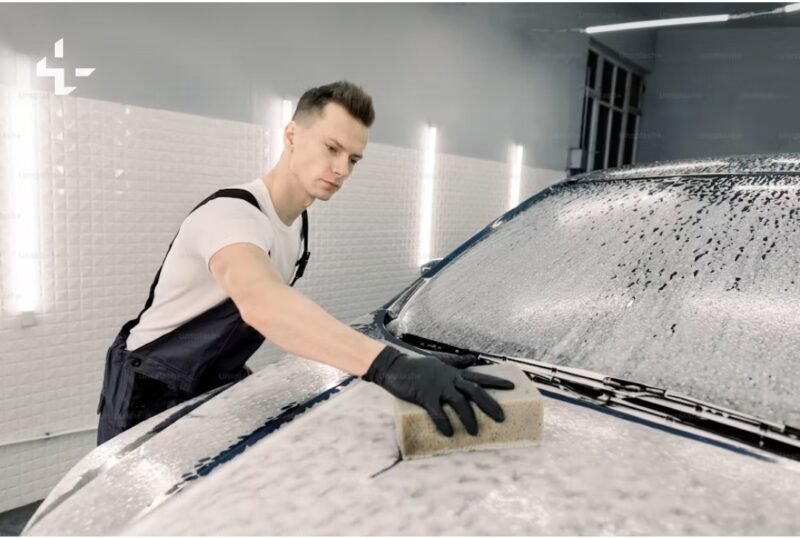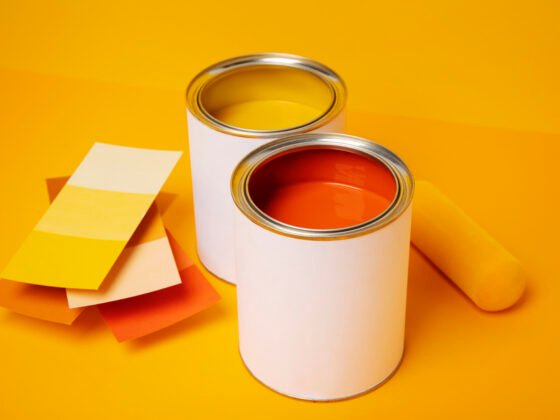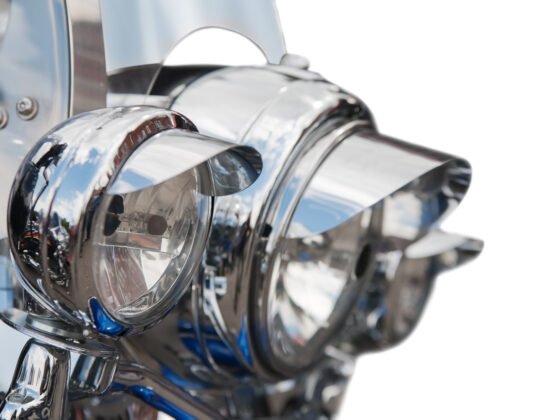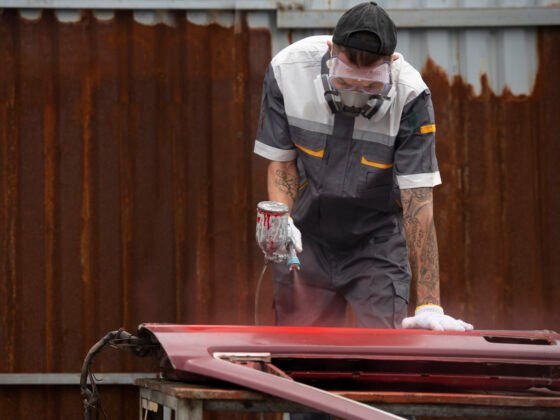Automotive upholstery repair can be an intimidating task, especially when dealing with worn-out or damaged seats. Fortunately, one versatile solution to this problem is a polyurethane foam spray can. This product can effectively fill gaps, restore comfort, and enhance the durability of automotive seats without the need for costly replacements. In this guide, we’ll discuss what polyurethane foam is, why it’s ideal for car upholstery repair, and how to use it effectively for lasting results.
What is Polyurethane Foam Spray?
Polyurethane foam is a polymer composed of isocyanate and polyol compounds, which react to form a dense, durable, and flexible material. Available in spray cans, it expands upon application, allowing it to fill cavities, bond materials, and provide insulation. Originally popular in construction and insulation applications, this foam has gained popularity in automotive upholstery due to its versatility, ease of use, and excellent adhesion to a wide range of surfaces.
Why Use Polyurethane Foam for Automotive Upholstery Repair?
When it comes to repairing automotive upholstery, polyurethane foam has several advantages:
- Cost-Effective Solution: Repairing car seats using a foam spray can is much more affordable than replacing the entire seat or hiring a professional upholsterer. A single can of polyurethane foam is relatively inexpensive, making it a budget-friendly option.
- Ease of Application: Polyurethane foam spray cans are user-friendly and can be applied with minimal tools and experience. Whether you’re a DIY enthusiast or a beginner, using this foam requires no complex skills.
- Durability and Flexibility: The foam remains flexible once it cures, adapting to the natural movements of the seat. It also resists wear and tear, extending the lifespan of your upholstery.
- Versatile Use: Besides car seats, polyurethane foam spray can be used to fill in gaps or cracks in various automotive components, such as dashboards and door panels. It’s a versatile tool that offers more than just upholstery repair.
- Improved Comfort: Polyurethane foam restores the padding and structure of seats, making them more comfortable. If the seat’s foam has deteriorated over time, polyurethane spray foam can replenish its cushion and support.
How to Use Polyurethane Foam Spray for Upholstery Repair
Before starting the repair, it’s essential to gather the necessary tools and materials. Here’s what you’ll need:
- Polyurethane foam spray can
- A sharp utility knife
- Sandpaper or a foam shaper
- Upholstery adhesive
- A cover material (if reupholstering the seat surface)
- Gloves and protective eyewear
Step 1: Prepare the Seat for Repair
Begin by removing the seat cover, if possible. This gives you a clear view of the area that needs repair. Examine the seat for any cracks, gaps, or worn-out foam. Cleaning the area with a mild detergent helps to remove any dirt or debris that might prevent the foam from adhering properly.
Step 2: Apply the Polyurethane Foam
Shake the spray can well before use to ensure proper mixing. Start applying the foam in thin layers to the damaged areas of the seat. Remember, polyurethane foam expands as it cures, so avoid overfilling the area. Applying it in stages allows better control and prevents over-expansion.
Hold the can at a slight angle and spray in short bursts. This technique prevents excess foam buildup and helps you accurately cover small areas.
Step 3: Allow the Foam to Cure
Once applied, the foam typically takes 1-2 hours to cure, depending on the product and temperature. During this time, avoid touching or pressing on the foam, as it needs time to expand and harden fully. Most foams will achieve full curing within 24 hours.
Step 4: Shape and Trim the Foam
After the foam has cured, use a utility knife to trim any excess foam that has expanded beyond the desired shape. Carefully sculpt the foam to match the contours of the seat for a seamless appearance. You can also use sandpaper or a foam shaper to smooth the surface, ensuring it aligns with the rest of the seat.
Step 5: Reattach or Replace the Seat Cover
Once you’re satisfied with the foam’s shape, it’s time to secure the seat cover. If the original cover is damaged, consider using a new upholstery cover or a fabric that matches the existing seat material. Use upholstery adhesive to secure the cover, pressing it firmly over the repaired foam.
Step 6: Final Adjustments and Inspection
After reattaching the seat cover, inspect your work. Ensure that the foam is securely in place and that the seat feels comfortable. Sit on the seat to test for stability and comfort. Polyurethane foam should provide a stable and comfortable feel, almost like a new seat.
Tips for a Successful Repair
- Apply Slowly: Polyurethane foam expands rapidly, so apply it in small amounts and allow it to cure fully between layers. This prevents excess foam from bulging out or creating an uneven surface.
- Work in a Well-Ventilated Area: The chemicals in polyurethane foam can emit fumes during application. Work in a well-ventilated space, and consider wearing a mask for added protection.
- Protect Your Hands: Polyurethane foam can be sticky. Wear gloves to avoid skin contact, as it can be challenging to remove once it cures.
- Practice on a Scrap Surface: If you’re new to using polyurethane foam, practice on a scrap material first to get a feel for its expansion rate and application technique.
The Benefits of Using Polyurethane Foam Spray for DIY Repairs
Using a polyurethane foam spray can for automotive upholstery repair not only saves money but also adds a personal touch to your vehicle maintenance. Here are a few benefits of tackling upholstery repairs yourself:
- Satisfaction of a Job Well Done: Completing the repair yourself can be incredibly satisfying. It offers a sense of accomplishment and control over your vehicle’s upkeep.
- Custom Fit: By applying the foam yourself, you can customize the padding and shape to suit your personal comfort preferences.
- Extended Lifespan of Upholstery: Regular maintenance using polyurethane foam can prevent further damage, prolonging the lifespan of your car’s interior.
Final Thoughts
Polyurethane foam spray is a practical, affordable, and accessible solution for automotive upholstery repair. With minimal tools and a bit of patience, you can restore comfort and extend the life of your car seats. For minor repairs and wear, this DIY approach provides lasting results, all without a costly trip to the upholsterer.
If you’re a car owner looking for a quick fix for your seats, a polyurethane foam spray can may be the answer. It’s an essential tool in automotive maintenance, helping to keep your vehicle in top shape while maintaining comfort and style.










